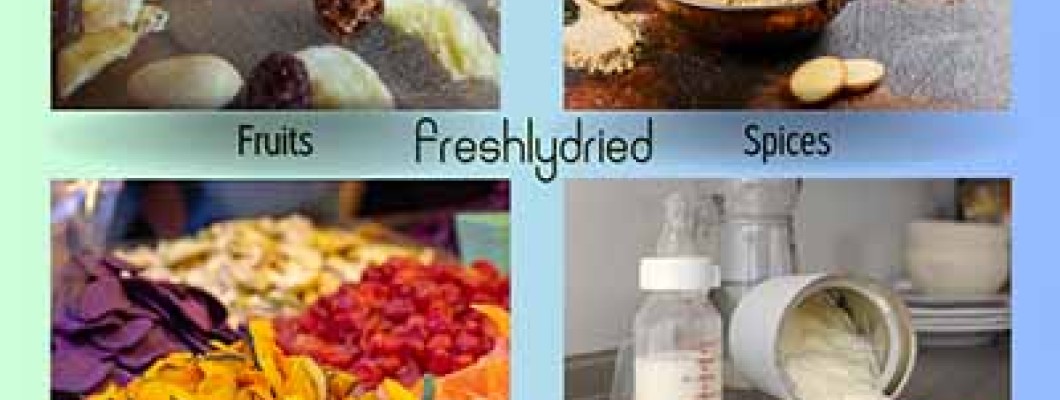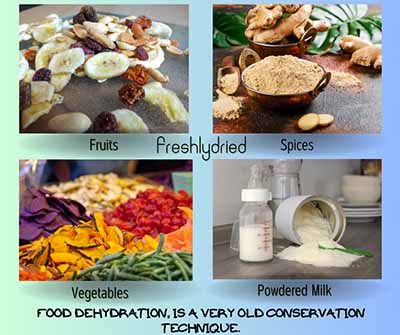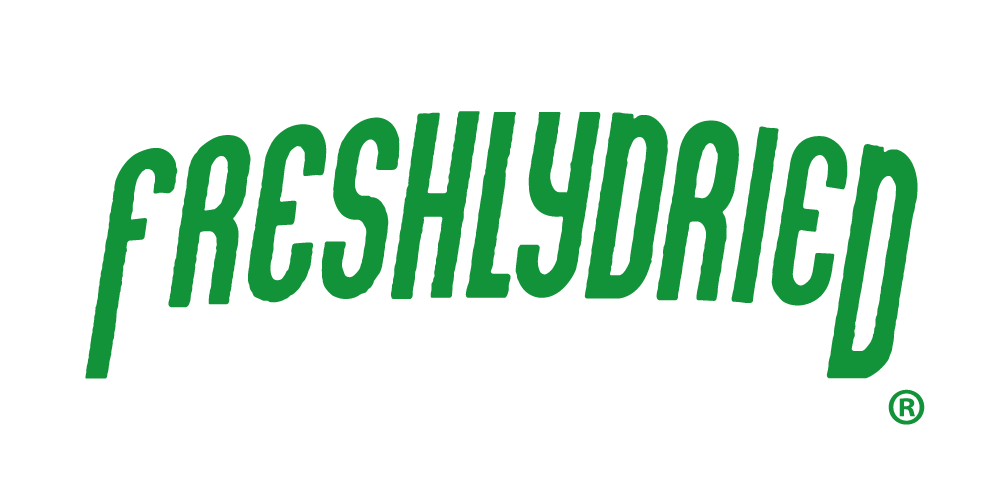

Dehydration is one of the oldest food preservation methods in the world, the principles of this process have influenced some of the most modern methods in food science.
Drying food in the sun has been practiced since the beginning of human history. All that is needed is direct sunlight for several days and a low-humidity atmosphere of less than 20%. Therefore, the geographical area is important, which is why sun-dried foods are a very important part of certain cultures. Records show that Middle Eastern and Asian cultures dehydrated foods as early as 12,000 BC. C. Around 2800 BC. C., the ancient Egyptians used to dry fish, poultry, dates, and raisins to store them for long periods of time. In the Middle Ages (between 630 AD and 1630 AD), cocoa leaves and fruits were dried in the sun in Mexico and Peru.
And some of the old dehydrating methods are still the best, for example, sun-dried tomatoes. After being cleaned, sorted, and pre-treated with sulfites, the tomatoes are cut in half and placed on wooden drying trays in the sun for 9 to 14 days. Compared to mechanical alternatives, sun-dried tomatoes remain the best method to avoid nutrient loss and allow the flavors to concentrate on their characteristic taste.
THE FIRST MACHINE TO DEHYDRATE FOOD: The first automated drying process was created in 1795 by French inventors Masson and Chollet. The fruit and vegetables were placed in slices into a hot air dehydration chamber, with a controlled temperature of 105°F, which dehydrated the products until they were ready to be pressed and sealed in aluminum foil. Since then, different techniques have been developed to dehydrate foods.
SPRAY DRYING
The dairy industry is one of the largest producers of dehydrated foods. Many dairy products are spray-dried, meaning they are atomized into a fine mist and then brought into contact with hot air. Moisture is instantly removed, leaving only milk powder as the product. This method is used to make milk, whey, and baking powder, as well as some ice cream, cheese, and fruit juices. Although spray drying food provides a product quickly, it is a technique that has a very high cost, since it requires a lot of energy.
PRESERVING NUTRITIONAL VALUE
On the other hand, if you were to measure the amount of nutritional content by weight, dehydrated foods have an advantage over fruits and vegetables. It is much easier to eat 10 dried apricots than 10 fresh apricots in one sitting. Therefore, the large amount that can be easily eaten may compensate for the lower levels of nutrients per fruit. The added calories and fiber also make it a favorite choice for campers and those on long expeditions.
In some cases, nutritional value and vitamins can be retained by blanching foods before drying, a process often used for dehydrating vegetables. When preserving fruit, a sulfur or sulfite bath is carried out before beginning the dehydration process, as a way to slow oxidation (darkening of the fruit) and slow down the decomposition of vitamins A and C.
Fun fact: For as long as humans have been exploring space, dehydrated food has been a staple part of their diet. During the Gemini mission in 1965, astronauts rehydrated freeze-dried foods like chicken soup and butterscotch pudding with a water gun.
Despite its bad reputation, dehydrated foods have always been a staple part of our diets, due to their simplicity and efficiency in food preservation, and it looks set to continue influencing modern food technology.
Were you surprised to learn that dehydrated food is one of the oldest methods of food preservation? True, yes.
Despite its bad reputation, dehydrated foods have always been a staple part of our diets, due to their simplicity and efficiency in food preservation, and it looks set to continue influencing modern food technology.
Were you surprised to learn that dehydrated food is one of the oldest methods of food preservation? True, yes. freshlydried.com
